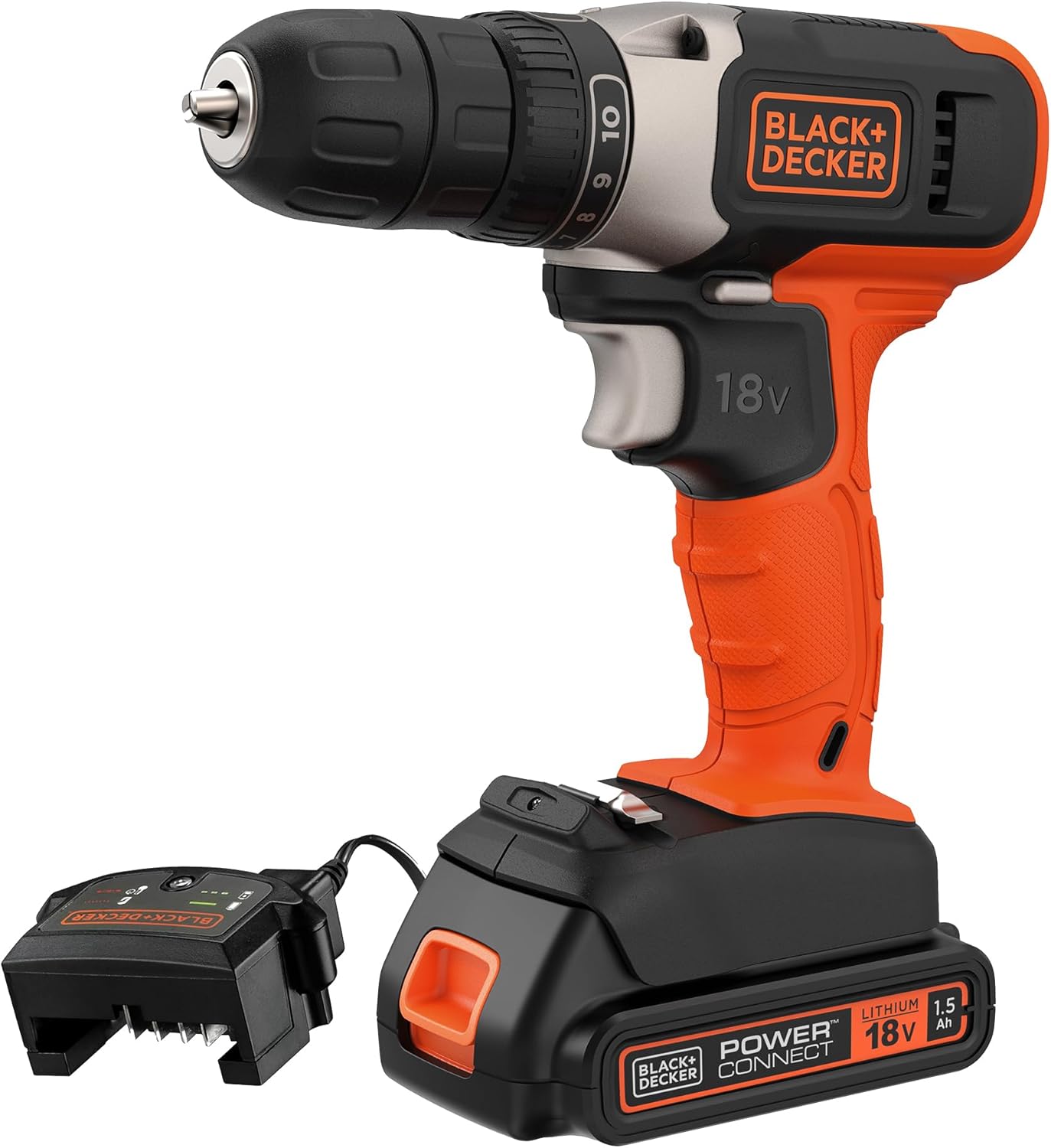5 Things I Wish That I'd Known Before DIYing Built-In IKEA PAX Wardrobes by Myself for the First Time
These are the common mistakes you should avoid making if you want your IKEA wardrobes to look as professional as possible
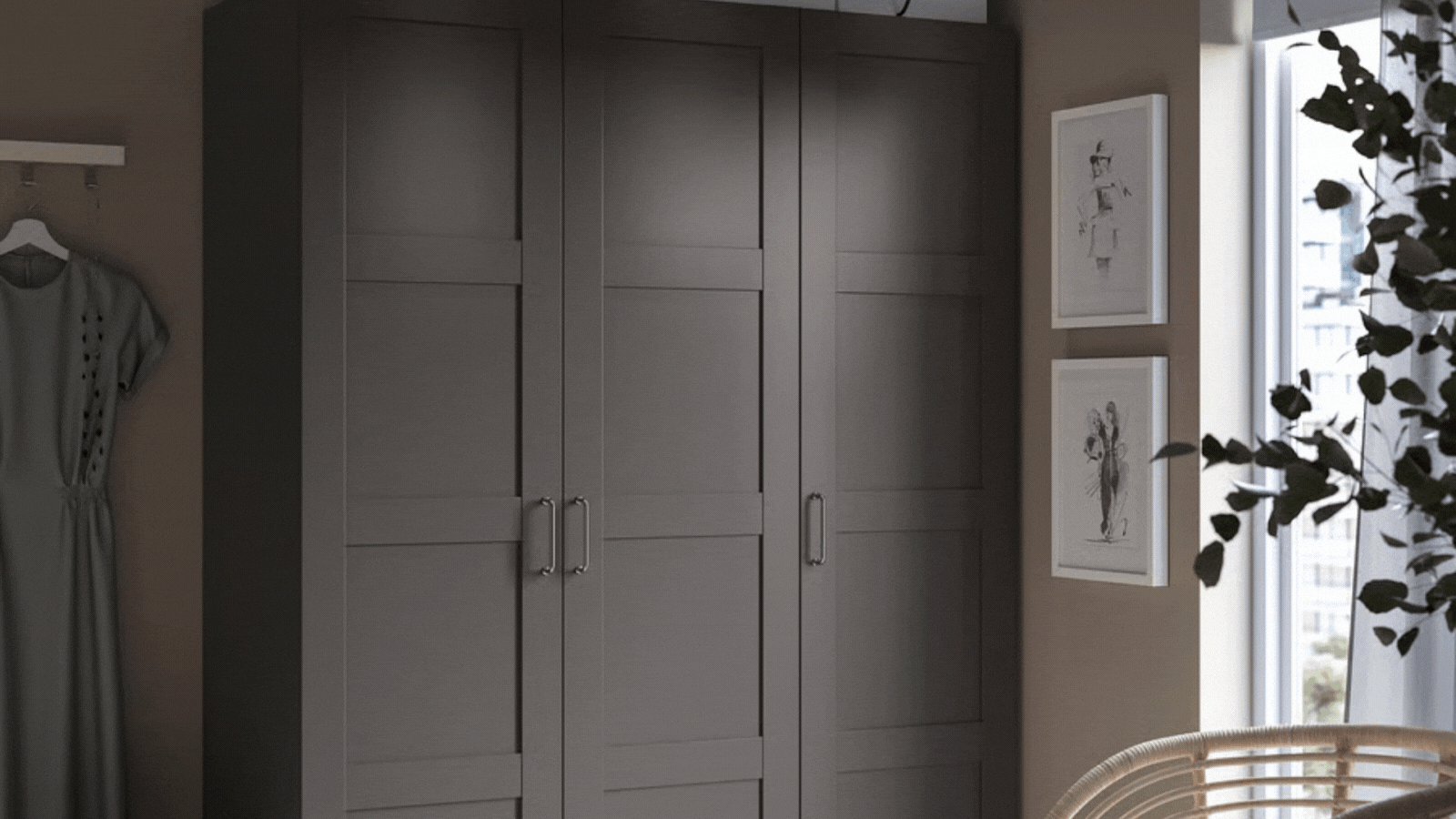
When we moved into our new home last summer, sorting storage for our bedroom was a top priority. Fitted wardrobes were the dream, but there was no way our budget could stretch to bespoke built-ins. So, as always, I turned to TikTok for some DIY inspiration and decided to give the iconic IKEA PAX wardrobe hack a go.
The modular IKEA PAX system is much-loved for how customizable it is, both internally and externally. Making it look built-in basically involves building a wooden frame or base, covering any gaps with some MDF panels, and using filler to give the whole unit a really seamless finish. The result? A custom-built look, for a far more reasonable price.
While I’m certainly no pro, this also wasn’t my first DIY project, so I felt confident with tasks like filling cracks and holes in the walls, manually sawing and sanding wood, and using a powder drill to safely hang the heavy elements, like shelves and mirrors. And while these skills certainly helped the process, the whole experience was still a big learning curve, and there are definitely things I'd do differently should I ever attempt this IKEA hack again. If you're about to try it for yourself, here's what I wish I knew.
1. Invest in a Cordless Drill Driver
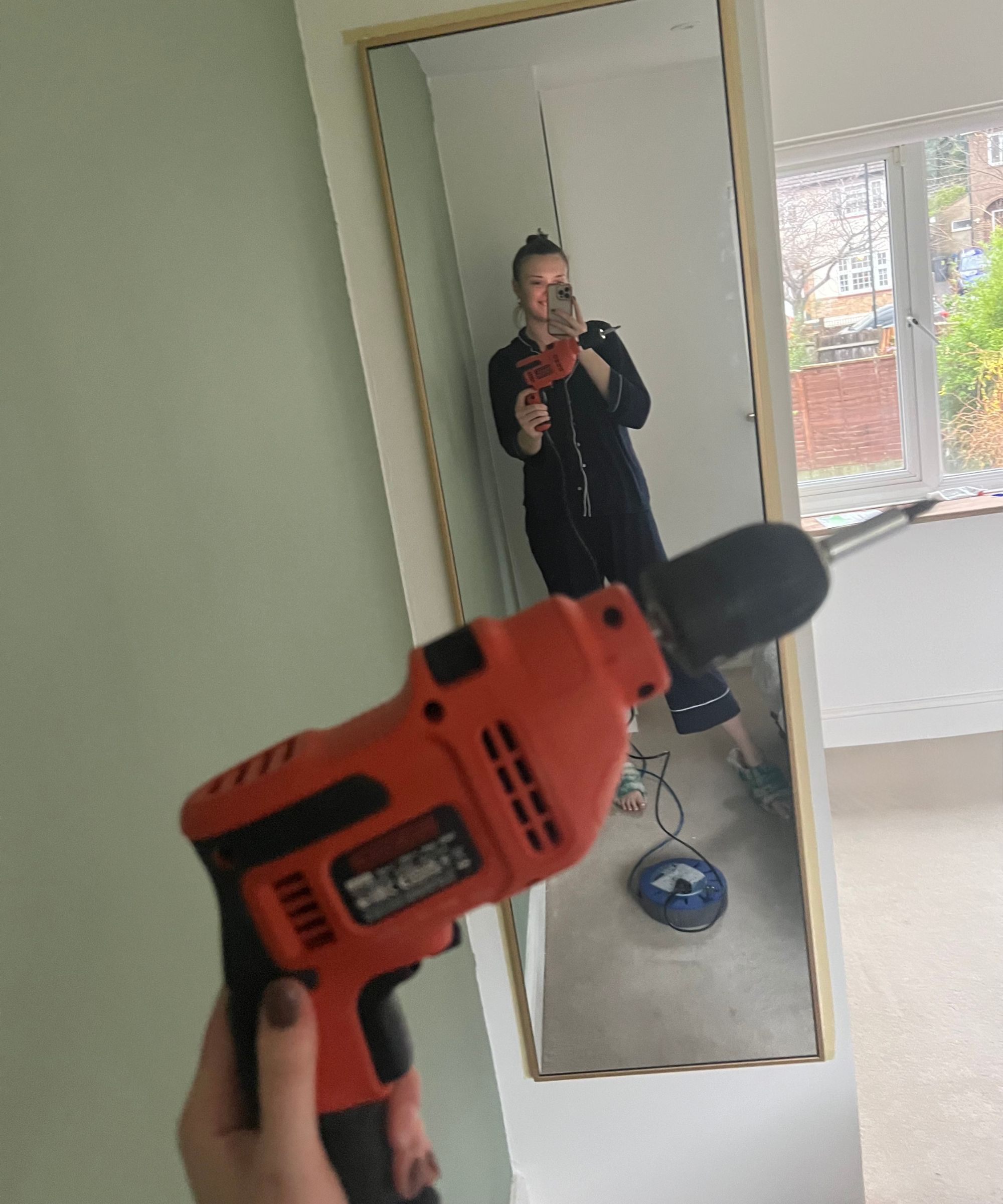
A cordless drill would have made everything so much easier.
While my heavy-duty Black+Decker Hammer Drill will always be my go-to for drilling into bricks and concrete, having a cordless drill would have helped speed up a lot of processes in this project — from assembling the wardrobe carcasses, to fixing MDF panels and trim in place.
“You’ll likely be working in a relatively tight space, so also think about picking a cordless drill driver that’s compact and lightweight for easier handling,” adds furniture expert from PriceYourJob.co.uk, James Pritchard.
2. A Base Frame Is Essential for a Level Finish
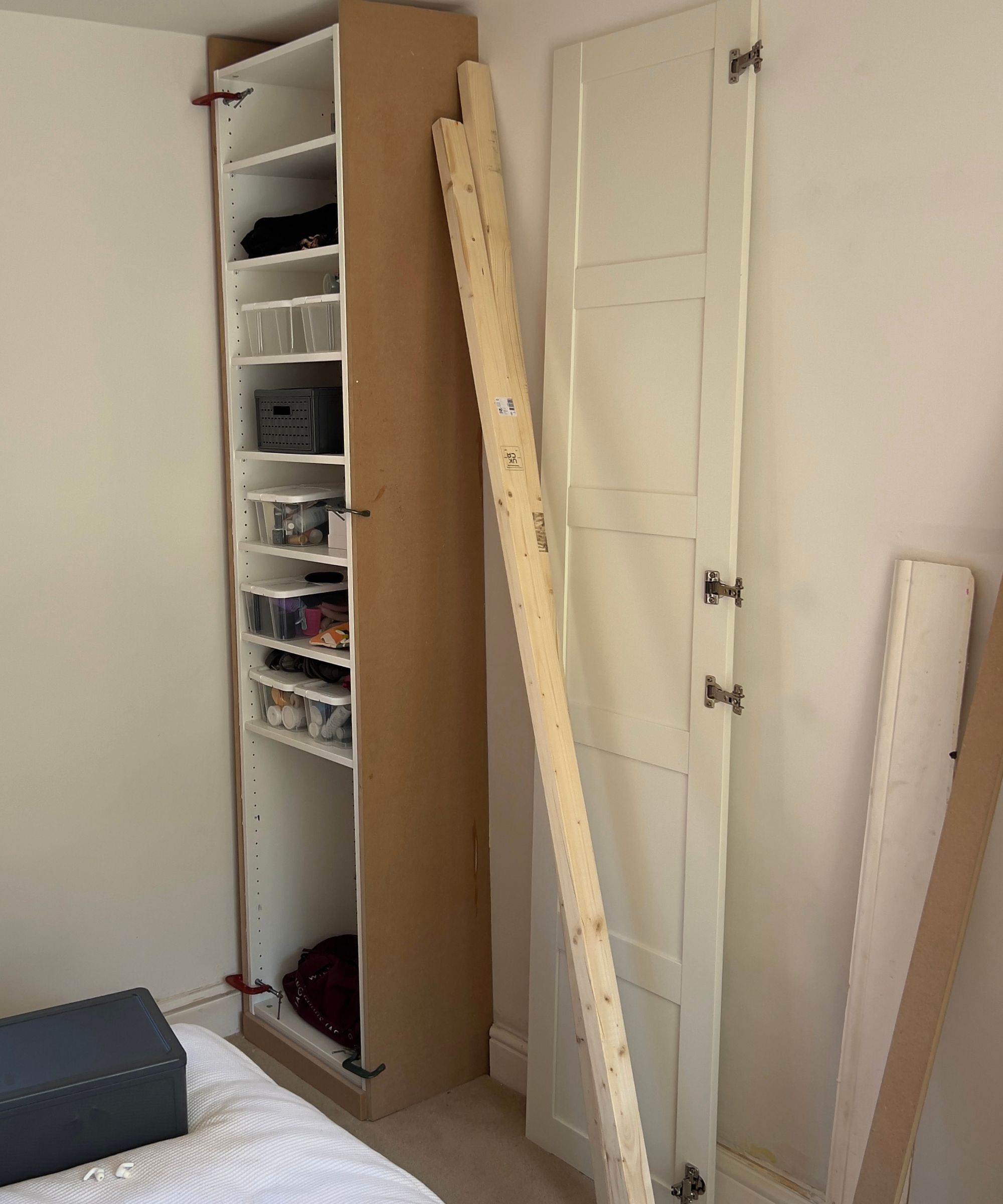
It might not be the fun part, but preparation is key.
Pretty much every tutorial I watched recommended assembling your wardrobes on top of a custom base frame — but I foolishly ignored the advice. Instead, I thought that it would make more sense to buy the taller 236cm PAX wardrobes and fill in the small gap at the top with MDF.
However, it turns out that filling more space definitely isn’t the only purpose of building a base frame. “For starters, a wooden base frame provides a level foundation for your IKEA wardrobes — which is crucial if your floor or ceilings are not completely level,“ explains Thomas Goodman, a property and construction expert at MyJobQuote.co.uk.
The Livingetc newsletters are your inside source for what’s shaping interiors now - and what’s next. Discover trend forecasts, smart style ideas, and curated shopping inspiration that brings design to life. Subscribe today and stay ahead of the curve.
I think that using standard height PAX wardrobes and a base frame would also have made my wardrobes appear far more proportional, as I ended up with only a small space for any trim at the top and bottom, which isn’t what you’d see in professional built-in wardrobe joinery.
“By lifting the wardrobes higher off the floor, you’ve got the option to fit skirting or trim around the base of the wardrobes to really create the built-in look,” Thomas adds.
3. Fixing Your Wardrobes to the Wall Isn't Just About Safety
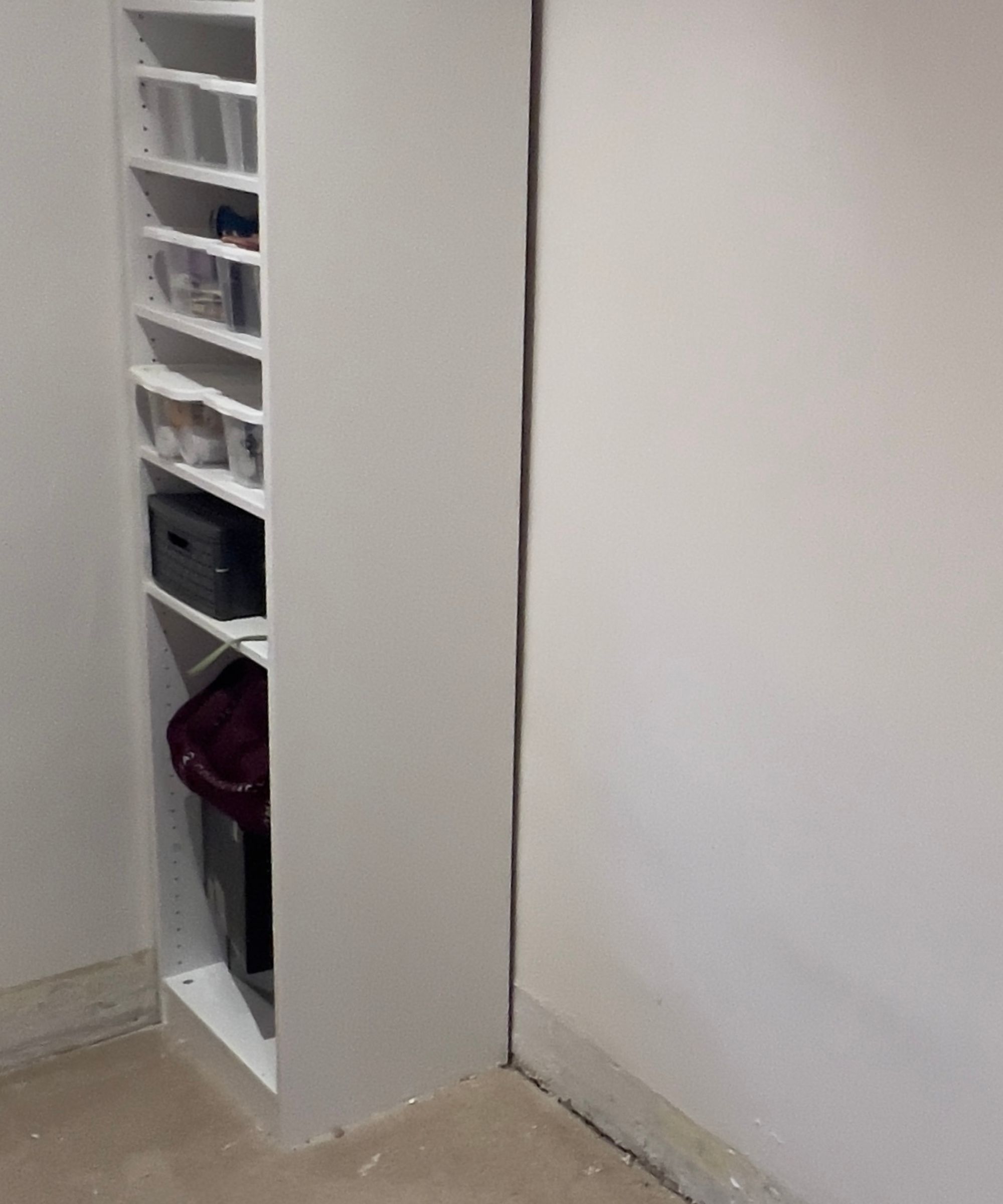
Fitting your wardrobe to the wall isn't just about safety, but makes it look flush.
Despite removing the skirting boards, getting the wardrobes to sit flush against the wall proved a real struggle. They kept tilting forward slightly at the top — which created a really annoying small gap.
To fix this, I ended up having to squeeze some plastic wedge-shaped spacers underneath the front base of each wardrobe to push them back slightly. But this wasn’t 100% effective, and I now know that securing the carcasses to the wall (as recommended) would have been the best way to avoid this issue.
Turns out, the final step of anchoring your wardrobes to the walls does more than just ensuring they’re safe and secure. “Taking off the skirting board and attaching the wardrobe to the wall using the appropriate wall plugs and screws is also the best way to ensure the whole structure is flush,” Thomas explains.
4. Save Money by Getting Your MDF Cut In-Store
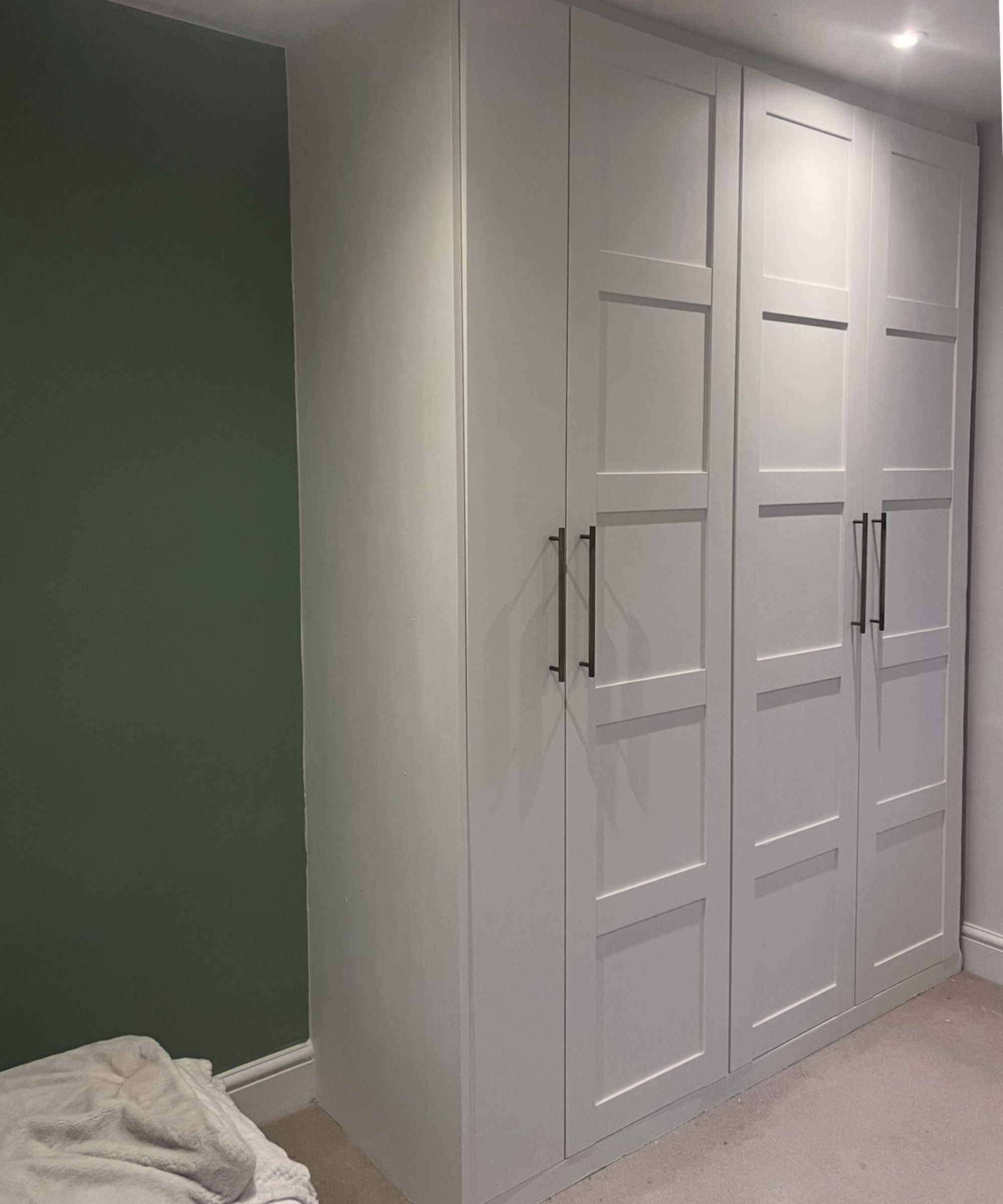
Even as an experienced DIYer, some jobs are cheaper, faster, and better left to the professionals.
Once you’ve built your base frame, assembled your wardrobes, and secured them to the wall, it’ll be time to start taking measurements for your MDF panels. Unless you’ve got a vertical panel saw hidden away in your shed, you’ll need to figure out how you’ll get them cut-to-size.
For the first two large panels, I used one of the many online services that deliver panels cut to your exact measurements directly to your door. But — unsurprisingly — this was pretty costly, and I instantly regretted not seeing if I could find some more affordable options.
Thankfully, I then learnt about the in-store timber cutting service at B&Q, and I can’t recommend it enough. It’s available every single day of the week, and you don’t have to book — just select your timber, pass on the measurements, and a member of staff will get it done for you. Best of all, your first five cuts are completely free — and any after that are just 50p each.
5. Priming Before Painting Is a Must
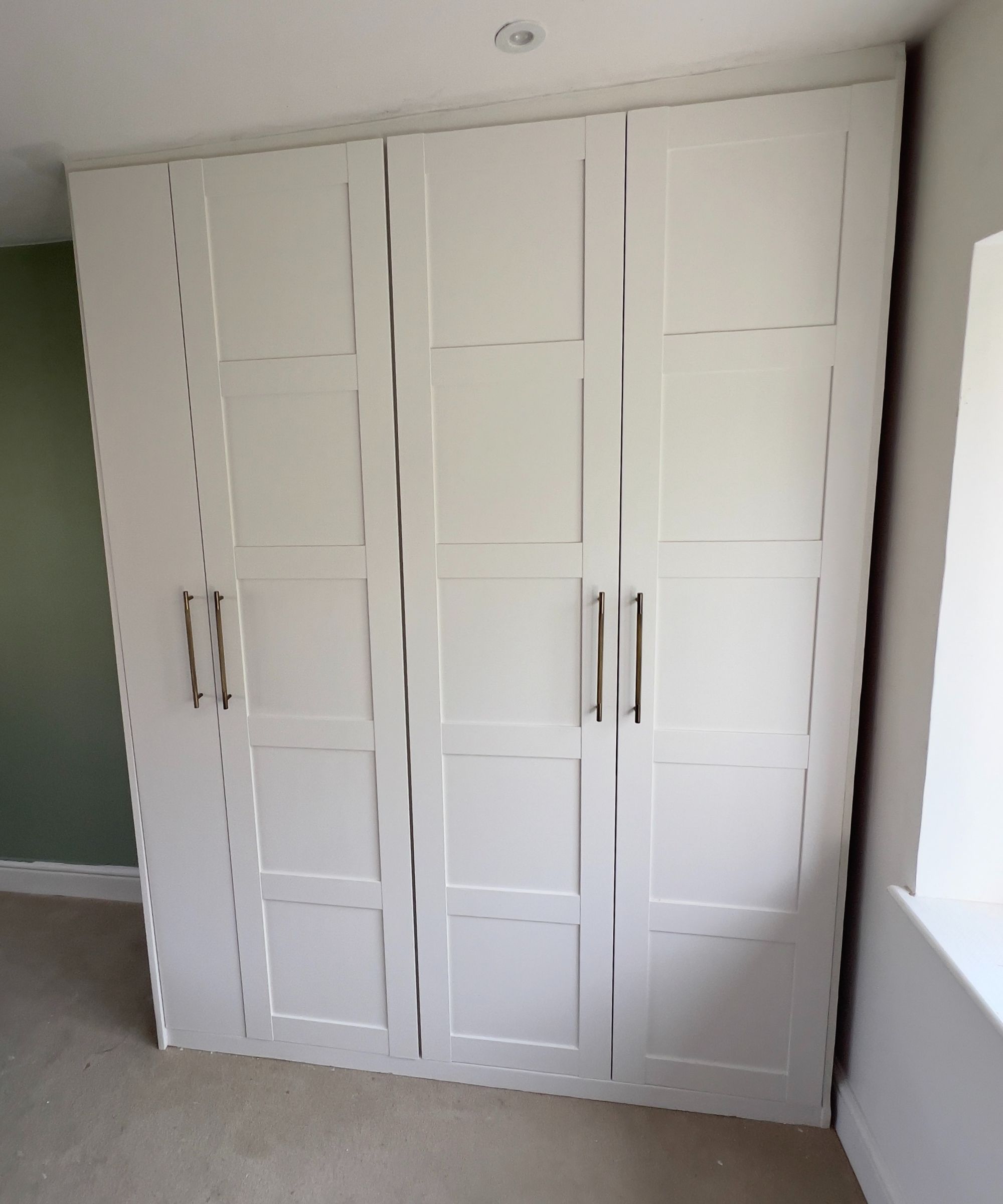
Repeat after me: priming before painting is a non-negotiable.
It’s now been over a year since I completed my wardrobes, and while they’ve definitely held up well, the painted finish definitely isn’t as sleek and smooth as I’d like. It’s chipped in some places, and I think this is largely because I committed a cardinal sin when it comes to painting furniture: I didn't properly prepare the surfaces before painting.
“Before you do any painting, you first need to thoroughly clean the surface to remove any grease, dirt, or any residue,” says Helen Shaw, director of marketing at Benjamin Moore. “Next, sand the surface smooth with 220-grit sandpaper [available on Amazon], before going in with a layer of your choice of bonding primer.”
According to Helen, this level of preparation is crucial for proper paint adherence and long-term durability. “MDF and particleboard are both porous, so sealing them with a high-quality primer [also available on Amazon] not only provides a solid base for the topcoat, but also prevents the paint from soaking in unevenly. So, you’re guaranteed a far smoother finish.”
No matter the size of the project, it’s always a great feeling when you’re able to upgrade your space — without having to hire a professional.
If you’re keen to get stuck into a few more home improvement tasks, why not try your hand at one of these five easy kitchen DIYs, and give the heart of your home a real glow up ahead of hosting season.
Georgia is a freelance writer, based in South London. She started out in the homes and interiors space, writing for the likes of Good Homes Magazine and Grand Designs, before joining the HuffPost UK team as a Shopping Writer. Since going freelance in June 2023, she can primarily be found writing for the likes of GLAMOUR UK, British GQ, and ES Best (and Livingetc) — covering off everything from the top current interior design trends, to edits of the current must-have home products.
